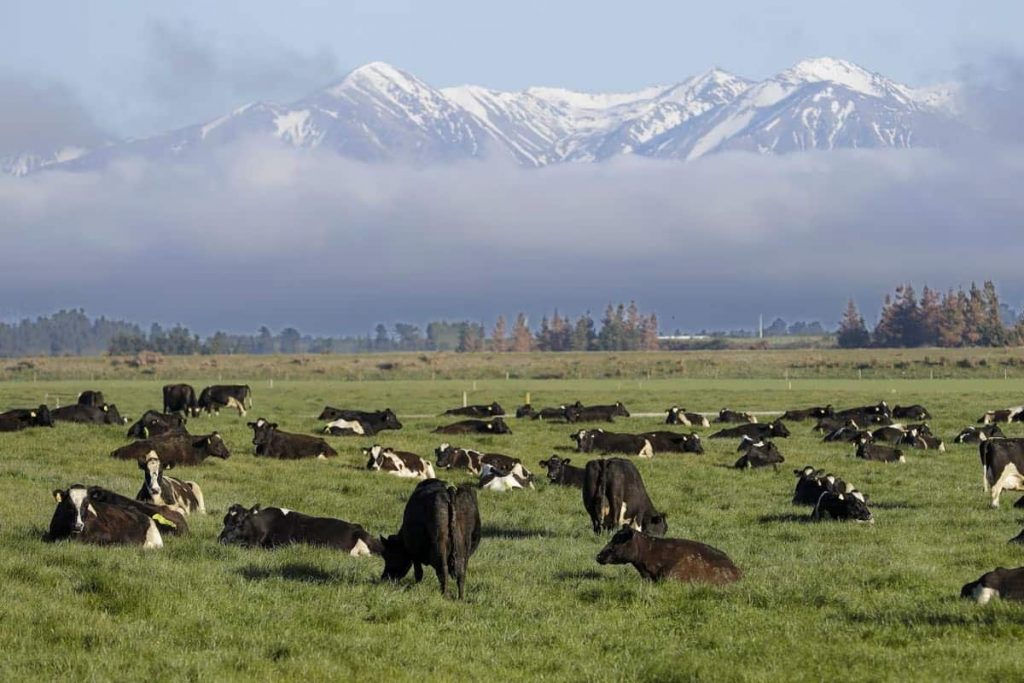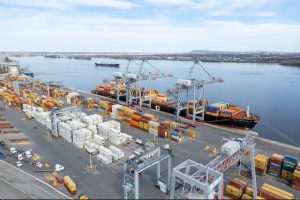
New Zealand is misinterpreting trade rules and arguing for the “absurd” in its battle over dairy quotas, Canada says in legal submissions filed in advance of hearings in Ottawa.
In a two-day hearing scheduled to start Wednesday, New Zealand is arguing that Canada’s current system for dairy imports is denying access for New Zealand’s milk, cheese, yogurt and ice cream. According to the Dairy Association of New Zealand, Canada only allowed 8 per cent of its import quota to be filled last year, leading to $55-million in lost market access for New Zealand over the past two years.
The battle is to be heard by a dispute-settlement panel – formally requested by New Zealand last July – and is the first under the Trans-Pacific Partnership, a trade deal signed in 2018 by 11 countries, including Canada, New Zealand, Mexico, Japan and Australia.
The panel’s decision, which is binding, is expected by September.
The dispute is not the first time Canada’s protectionism of the dairy sector has come under fire. This is the second international dispute that centres on Canada’s controversial protection of the dairy supply-management system, which limits the supply of dairy products to ensure predictable prices.
Tariff-rate quotas refer to the amount of a product that can enter the country free from normal duties. Ottawa decides which Canadian companies get these TRQs to import goods. Under the current system, they give the vast majority of the dairy quota to processors, who import products like powdered milk to use in food production, leaving limited remaining quota for retailers to import products for direct sale to consumers.
But, according to New Zealand’s submission, processors do not have a high demand for imports, leading to “chronic underfill of quotas.” Processors also import cheaper products than retailers, who would – if given more quotas – import more expensive goods, such as ice cream and yogurt, the submission says.
New Zealand is arguing that Ottawa’s allocation system is designed to give quotas to the types of Canadian businesses that do not want New Zealand’s imports, while denying imports to those who do have a high demand for the products. It contends that Canada is therefore in violation of the rules of the Trans-Pacific Partnership, which state that TRQs cannot be “administratively burdensome” and cannot limit quotas available to retailers.
Ottawa says it has the right to place limitations on TRQs and that New Zealand’s argument “sacrifices principled, consistent and credible legal interpretations.”
It also says Canadian limitations on allocations by prioritizing producers is required to keep the system running efficiently. The government argues that removing these limitations would lead to “absurd outcomes” whereby any Canadian resident could apply for tariff-free imports, so long as they were active in the dairy sector and followed import and export rules.
This would, according to Ottawa, lead to a high volume of applications that would jam the administrative system. Canada would also have to give thousands of allocations to small businesses that would import small amounts, a violation of trade rules about imports needing to be in large enough quantities to make shipping commercially viable.
New Zealand’s argument that Canada’s allocation system leads to “chronic underfill” is also unsubstantiated, Ottawa contends, and there is no evidence that it deliberately directs quotas away from some importers, thereby leading to lost sales for New Zealand’s producers. The underfill, the government says, is the result of Canadian businesses and consumers not having a high demand for New Zealand’s products.
“It will be a surprise if the panel does not side with New Zealand,” said Noah Fry, a researcher at McMaster University who focuses on Canadian trade policy, interest groups and lobbying. The text of the trade rules is clear that Canada’s method of allocating TRQs is not allowed, he said.
The panel is likely to follow the decision made in January, 2022, when the U.S. won the first trade dispute brought under the United States-Mexico-Canada agreement, Mr. Fry said. In the USMCA dispute, the U.S. also claimed that Canada’s pooling system for dairy unfairly allocated tariffs to producers, at a cost to the U.S. exporters. The panel found that Canada had reserved 85 per cent of imports for Canadian processors, and ruled that Canada could no longer allocate tariff-free imports exclusively to its processors.
The dispute with the U.S. is continuing. Unsatisfied with Canada’s concessions, in May, 2022, the U.S. launched a second challenge to Canadian dairy quotas. The U.S. dispute, if combined with a win for New Zealand, could encourage other trading partners to follow suit, including Australia, which has a $4.4-billion dairy industry and exports 35 per cent of its production, and Britain, which has expressed interest in selling more cheese to Canadian markets.
The disputes over dairy put Canada in a tricky situation, attempting to straddle its competing international and domestic obligations. “There are domestic political considerations that include the dairy industry, which is not totally favourable to any degree of liberalization,” Mr. Fry said.
Canada’s domestic dairy industry generates annual sales of $23-billion, according to the federal government. Since the establishment of the Canadian Dairy Commission in 1972, no Canadian government has expressed objections to the supply-management system, with the 10,600 supply-managed farms concentrated in vote-rich, contested provinces of Quebec and Ontario.
“My interpretation of this dispute is that Canada probably knows where the outcome is going,” Mr. Fry said. “But they want to be seen as fighters for their dairy industry.”

























